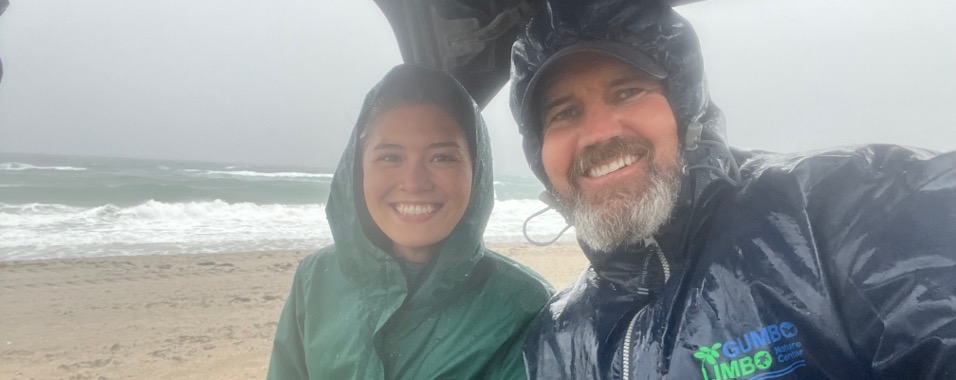
Author: Emily Turla
Date: October 23, 2022
How does our lab prepare to be impacted by hurricanes and major storms? Here is a firsthand account from FAU Marine Lab Assistant Coordinator and PhD student Emily Turla of the steps taken in the days leading up to Hurricane Ian this past month:
First, our friends and colleagues on the west coast of Florida who were greatly affected by Hurricane Ian are in our thoughts. Our southeast coastline of Florida was spared this time around, but we prepared for the worst like we always do! Since the lives of little turtles are in our hands here at the marine lab, we have the very important job of making sure we are as prepared as possible to care for them if a storm hits our area. To do this, we fill our spare water storage system with seawater and send it through our water treatment process to make sure we have access to clean seawater in case we lose power to our pumps or storm runoff leaves our coastal water hazardous. By having clean seawater stored, our lab is stocked up and ready to go. Clean water is important for the turtles who quickly dirty their tanks with poop and food! Speaking of food… we bring a stockpile of prepared turtle food over to campus freezers that are hooked up to generators so that we are sure we have enough to feed the turtles for some time. We have over 200 mouths to feed this time of year and need to make sure we have the food to keep up!
In addition to the turtles in the lab, we have study nests out on the beach that we had to monitor before the storm. One of our nests was expected to hatch any day, so David Anderson (Gumbo Limbo Sea Turtle Conservation Coordinator) and I went to check things out in the wind and the rain. With permission from the Florida Fish and Wildlife Conservation Commission, we were able to carefully assess our study nests. In this case, we found a whole bunch of little green turtle hatchlings waiting to emerge (see all the hatched shells from the excavation)! This nest would have soon been underwater. Because it was so close to emerging and was a research study nest, we were able to collect these turtles and bring them to the safety of the lab for our studies.
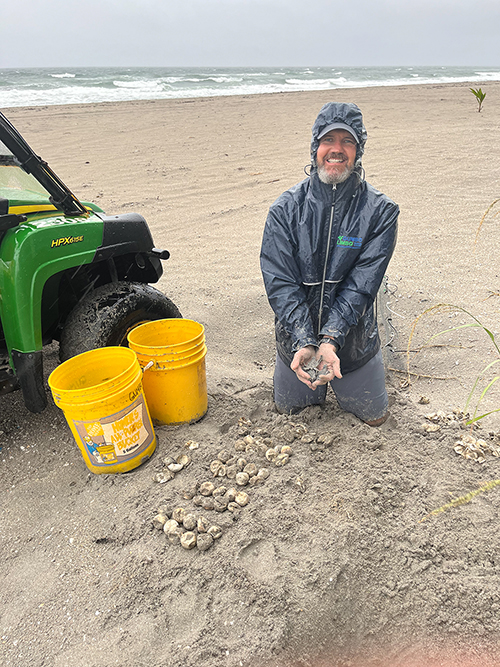
|
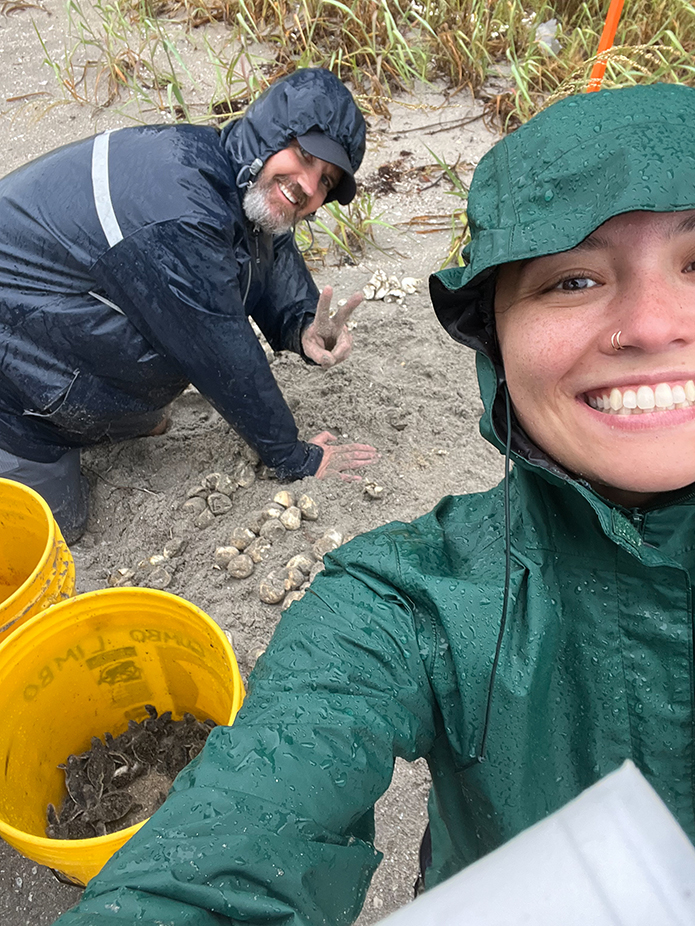
|
Some of our nests were at a point of incubation where it is dangerous to try and move the eggs since the developing embryos are very sensitive to movement. Even though these are research study nests, when relocation will be fatal, we leave them in place and hope for the best. Unfortunately, this year we lost one of our research study nests to the storm. Nests can be lost when storm tides, driven by the wind and barometric pressure changes, because the water comes up too high and erodes away the sand and eggs; in other cases the nest simply drowns. In contrast, sometimes additional sand accumulates and buries the clutch beyond recognition. We attempted to find our lost nest after the storm using pictures from when the nest was laid, GPS coordinates, and a metal detector but had no luck. Because we had been monitoring the nest as part of our long-term study on sex ratios, the nest had an expensive piece of equipment, a temperature datalogger, in it. If the datalogger washes up on the shore and is found by someone (like you, reader!), the lab contact information is on the equipment, so we can be reached!
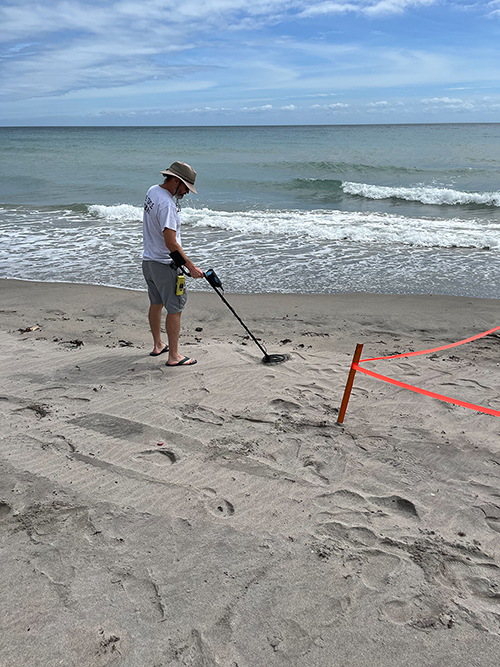
|
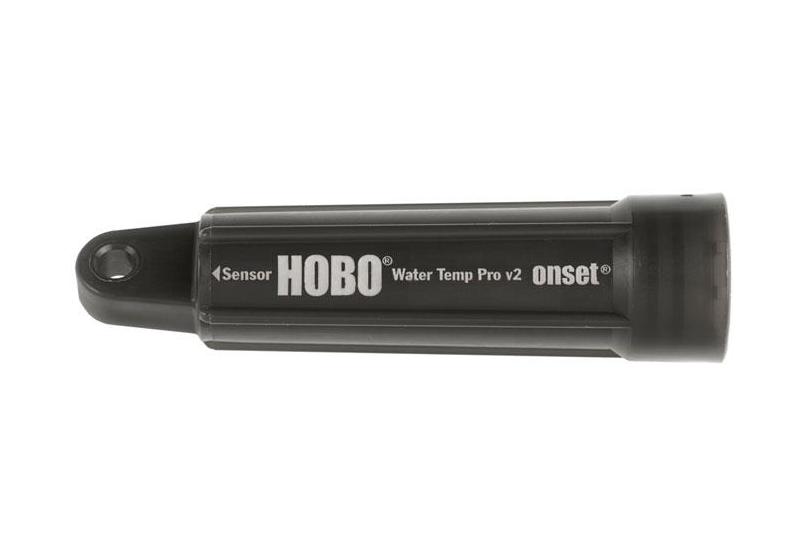
|
Thankfully, our beach and our lab were spared. Yet, we take the same precautions any time tropical storms approach. Since it was late in the season, there weren’t many nests left on the beach, so the damage to our study nests was minimal. Because we never lost power or access to the lab, it was pretty much business as usual for the turtles!